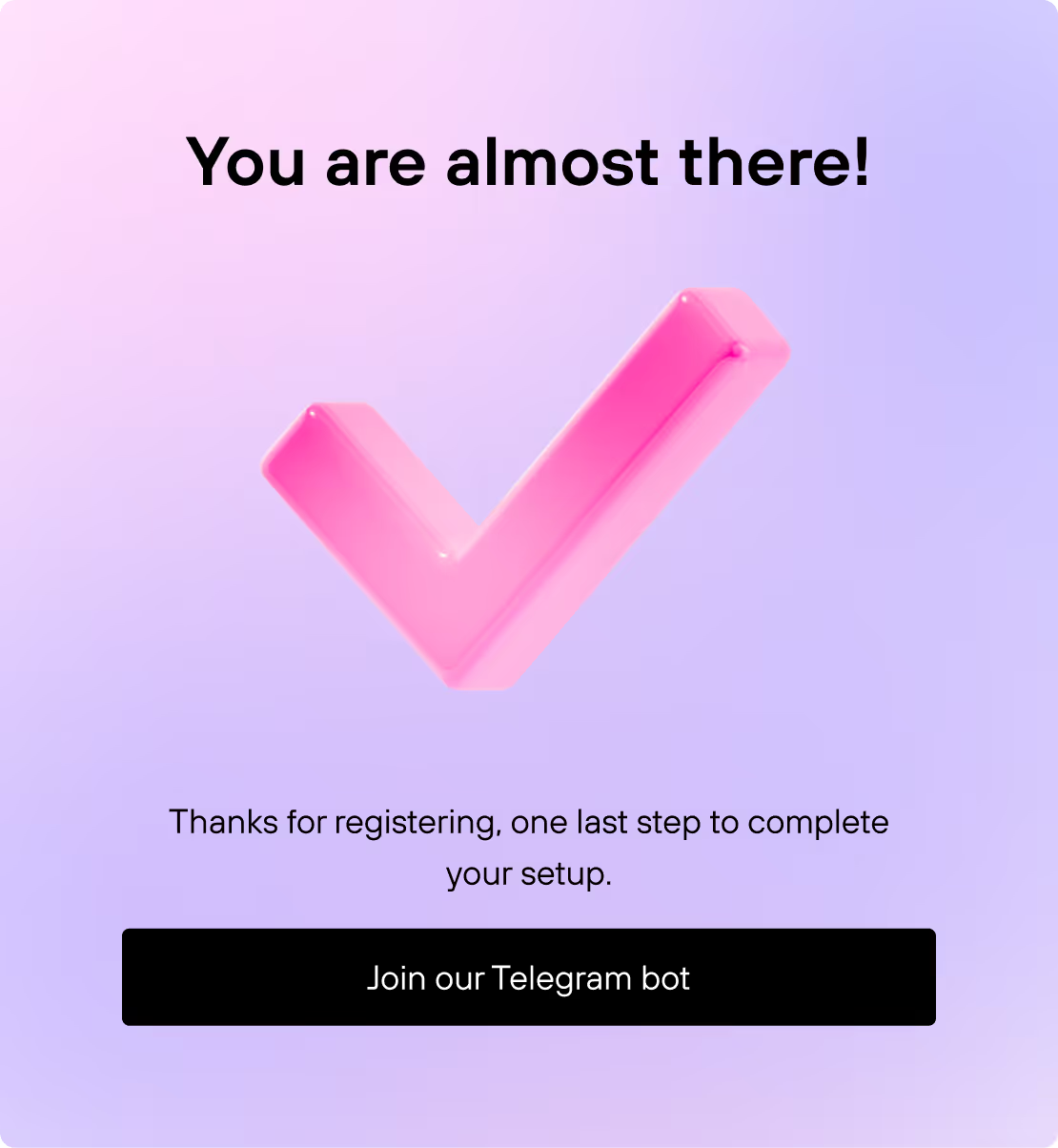In this session, Dmitri Niarez, founder of Teamlex AI, and Denis Smetnev, founder of Uforce (ex-Skyeng), explored how AI systems move beyond time-saving tasks to become engines of growth. They unpacked real cases — from automated YouTube engagement to self-running short-form content engines — showing how structured automation can multiply creative output and reduce costs without losing brand authenticity.
Here’s the recap with the main insights, field-tested examples, and practical lessons from both founders.
The shift: from theory to real AI impact
Modern growth isn’t about who has more people — it’s about who moves faster from idea to execution.
Main ideas
- Teams waste time on manual data and creative loops that AI can now automate end-to-end.
- The real bottleneck isn’t the technology, it’s adopting it fast enough to turn insights into scalable workflows.
- AI isn’t replacing roles; it’s multiplying capacity.
“The biggest value now comes from teams that know how to turn complexity into systems.”
Real-world examples from Uforce and Teamlex AI
Both speakers shared practical automation cases — not concepts.
Example 1: Uforce: mass commenting for organic reach
Denis Smetnev explained how his team used AI to scale native YouTube commenting for B2B and B2C brands.
- Each client’s semantic core (topics + keywords) guided where and how AI agents engaged.
- Comments were human-checked for tone and brand safety, then boosted into visibility through lightweight engagement loops.
- The result: 2 million+ organic impressions and ≈ 400 qualified leads, with an average cost per lead under $10.
Example 2 :Teamlex AI: automated short-form content engine
Dmitri Niarez presented cases where AI agents generated and published short videos (Reels, TikToks, Shorts) directly from existing brand content.
- Fully automated scripts and visuals with scheduled posting.
- Some accounts reached 500 K monthly organic views, feeding both reach and conversion.
“These stories prove that the right systems turn complexity into clarity.”
The challenge: why most teams struggle with AI adoption
Despite the promise, implementing AI is rarely straightforward.
Key challenges
- Lack of structured experimentation — teams jump from tool to tool without defining outcomes.
- Fear of losing control over brand tone or message.
- Fragmented workflows: sales, SEO, and creative teams don’t share the same AI layer.
- Too much focus on output, too little on measurable growth.
“The hardest part isn’t building the model, it’s building the habit of trusting it.”
Frameworks and strategies that work
The speakers shared practical ways to integrate AI without chaos.
Framework highlights
- Start from bottlenecks: identify manual, repetitive work first.
- Design the loop: data → AI prompt → human review → publish → measure → refine.
- Use hybrid moderation: mix AI generation with human brand checks.
- Build your semantic core: know your topics and keywords before you automate content.
- Automate analytics: let AI track and summarize what worked.
Leadership insights
What separates successful adopters from skeptics?
- Treat AI as a team member, not a tool, give it a defined role.
- Build internal champions who test and document early wins.
- Focus on value, not volume , one working automation is better than ten pilots.
“Transformation starts with clarity, not code.”
Measured results and outcomes
Both cases shared quantifiable impact:
- Uforce: 2 M impressions, 400 leads, 800–900 ₽ per lead.
- Teamlex AI: 500 K organic views per account, dozens of automated posting loops.
- Across clients: improved response times, higher creative throughput, lower CAC.
“Every saved hour becomes an hour for strategy.”
Practical takeaways
- Map one manual process and design a small AI test around it.
- Document results and keep human QA in the loop.
- Integrate tools your team already uses — don’t rebuild from scratch.
- Track value in hours saved and new output generated.
- Use real data to train future automations.
Closing thoughts
The session closed with a clear message: AI isn’t here to replace creative work — it’s here to remove the friction around it. Teams that learn to automate the operational layer gain the time and clarity to innovate.
smarter with AI?




